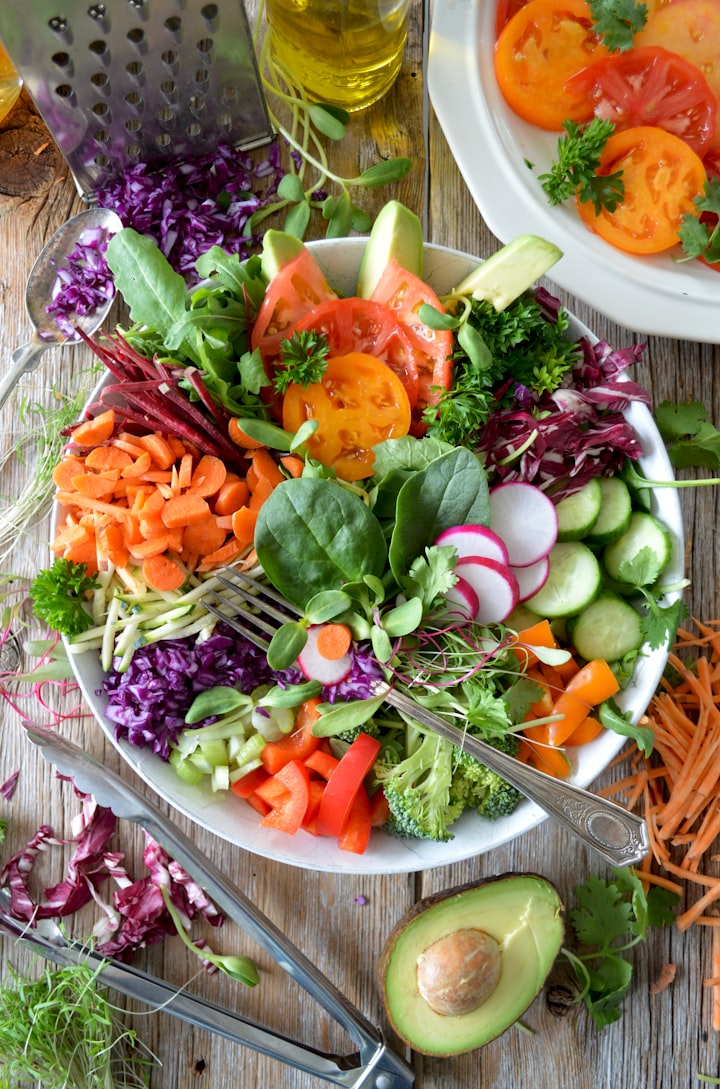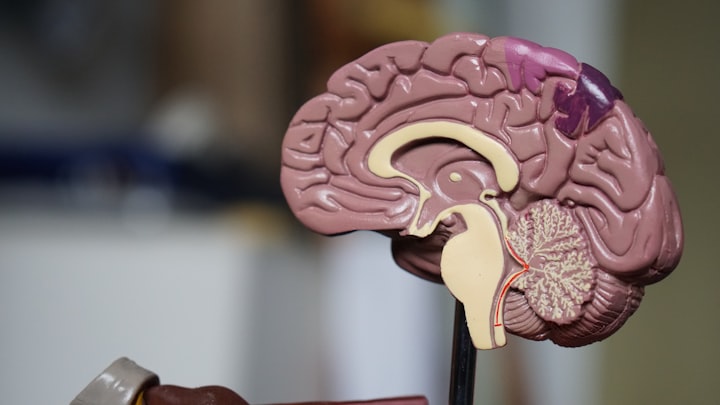5 Effective Tips to Lose Belly Fat (Backed by Science)
Links to trusted sources

Having excess body fat especially around your stomach is beyond an inconvenience, it affects your self-confidence and even makes your clothes feel tight.
It’s also seriously harmful.
This type of fat we are talking about is— referred to as visceral fat — is a major risk factor for type 2 diabetes, heart disease, congestive heart failure, and other conditions. (1)
The traditional approach is to use body mass index (BMI) to classify weight and predict the risk of metabolic disease.
However, this is misleading, as people with excess belly fat are at an increased risk even if they look thin (2)
It's no secret that fat from this area can be difficult, there are several things you can do to get rid of excess abdominal fat.
Here are 20 science-backed tips to lose belly fat.
1. Eat food with plenty of soluble fiber
Foods that have soluble fiber absorb water and forms a gel that helps slow down food as it is passed through your digestive system.
There are studies that show that this type of fiber promotes weight loss by helping you feel satiated, so you naturally eat less. It also aids in reducing the number of calories your body absorbs from food (3) (4) (5)
What’s more, soluble fiber is great at combatting belly fat.
A visual study in over 1,100 adults found that for every 10-gram increase in soluble fiber intake, belly fat gain was reduced by 3.7% over a 5-year period (6)
Commit to making a conscious effort to consume high fiber foods every day. Excellent sources of soluble fiber include:
flax seeds
shirataki noodles
Brussels sprouts
avocados
legumes
Blackberries
SUMMARY
Soluble fiber can help you to lose weight by making you feel satiated and reducing caloric absorption. Include plenty of high fiber foods in your weight loss diet.
2. Avoid eating foo foods that contains trans fat
Food that has trans fats are created by putting hydrogen into saturated fats, soybean oil being an example.
They’re found in some butter and spreads like cream cheese and often added to packaged foods, but many food producers have stopped using them.
These fats have been linked to inflammation, heart disease, insulin resistance, and fat gain in the abdominal region which was found in an observational study. (7) (8) (9)
A study which was done over a six-year period found that monkeys who consumed food with high amounts of trans fat diet gained 33% more abdominal fat than those who consumed food from a diet high in monounsaturated fat (10)
To help reduce belly fat and maintain your health, read ingredient labels carefully, and avoid products that contain trans fats. These are often listed as partially hydrogenated fats.
SUMMARY
studies have linked a diet that is high in trans fat led to increased abdominal fat gain. Even if you are not trying to lose weight, limiting or simply avoid consuming trans fat trans fat
3. Don’t drink excessive amounts of alcohol
Alcohol has shown to have health benefits when consumed in small amounts, but it’s very harmful if you drink too much.
Drinking too much alcohol can also make you gain belly fat.
Observational studies reveal that heavy alcohol consumption led to a significant risk of developing central obesity — that is, excess fat storage around the waist (11) (12)
Reducing how much alcohol we drink may help reduce your waist size. You don’t need to give it up entirely, but limiting the amount you drink daily can help.
One study on alcohol use had more than 2,000 participants
It showed those who drank alcohol every day but had less than one drink had less belly fat than those who infrequently but consumed more alcohol on the days they drank (12).
SUMMARY
Consuming too much alcohol has been associated with increased belly fat. If you need or want to reduce your waistline, consider drinking alcohol in moderation or abstaining completely.
4. Consume a high in protein
Protein is an extremely important nutrient when it comes to weight management.
A high protein diet increases the release of the fullness hormone PYY, which in turn suppresses appetite and promotes fullness.
Protein also increases your metabolic rate and helps you to retain muscle mass during weight loss (13) (14) (15)
Many studies show that people who eat high protein diets protein tend to have less abdominal fat than those who have low protein diets (16) (17) (18)
Be sure to include a lean protein source in every meal, such as:
meat
fish
eggs
dairy
whey protein
beans
SUMMARY
High protein foods, such as some fish, lean meats, and even beans, are aid in getting rid of some excess fat around your waistline
5. Manage your stress
Stress can make you put on belly fat by making your adrenal glands produce cortisol, which is the stress hormone.
Research has shown that having high cortisol levels led to an increase in appetite and production of abdominal fat storage (19) (20)
What’s more, women who have a larger waist produce more cortisol which adds to fat gain around the midsection (21)
To help get rid of belly fat, engage in stress-reducing activities Practicing mindfulness or meditation can be effective methods.
SUMMARY
Stress promotes fat gain around your midsection. Minimizing it should be a priority if you’re trying to lose weight
The Brass Tax
There are no quick fixes or magical solutions to losing belly fat.
Weight loss always requires hard work, effort, commitment, and perseverance.
Successfully implementing some or all of the strategies in this article will help you lose the extra fat around your waist
About the Creator
Edward Fay
For the last eight years, I've been an entrepreneur in financial services while pursuing my passion for fitness by competing in bodybuilding competitions






Comments
There are no comments for this story
Be the first to respond and start the conversation.